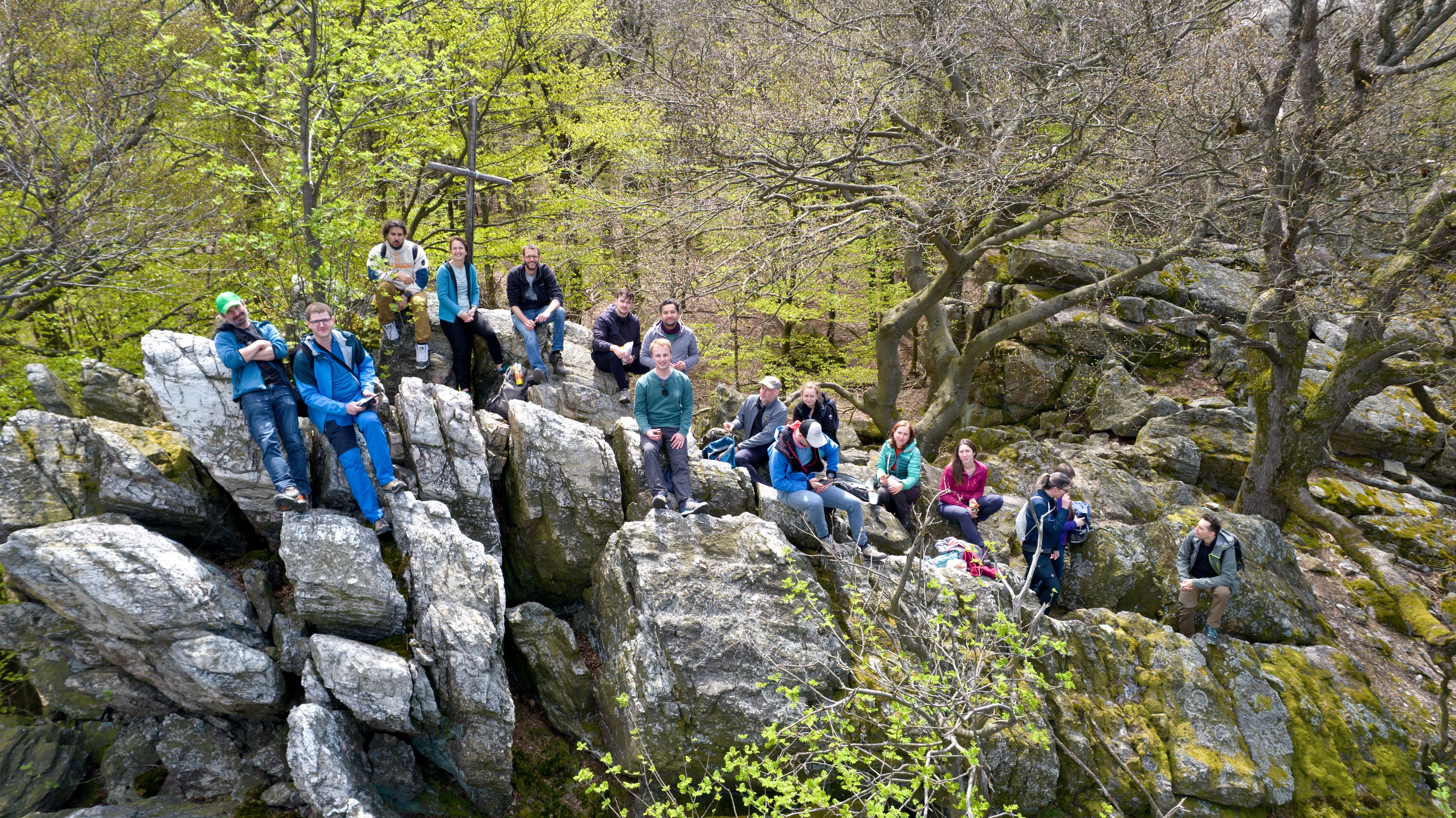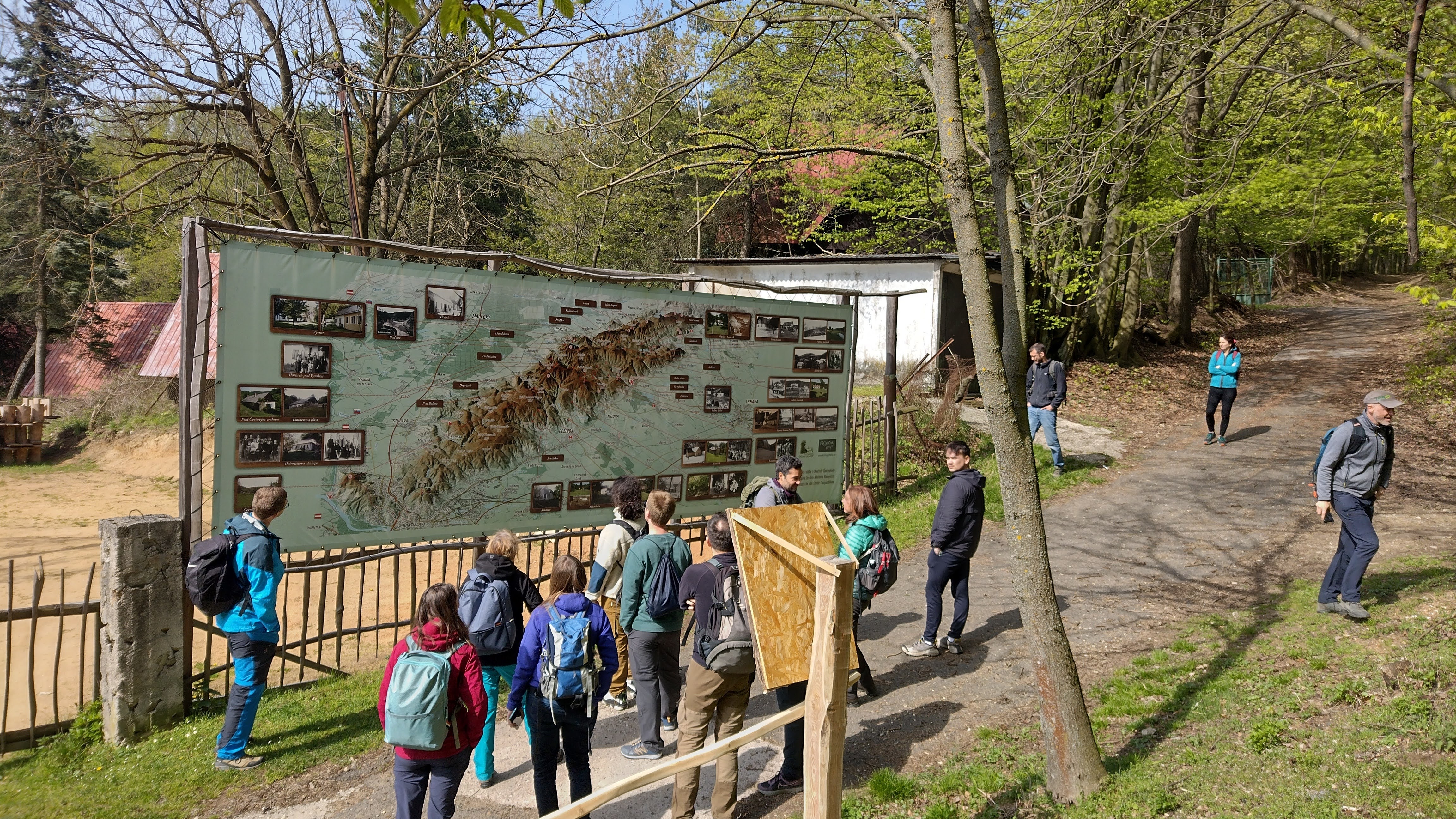The herbaceous biotopes of the largest European mountains – the Alps and the Carpathians – are characterized by extraordinary biodiversity, which depends on local environmental conditions and the intensity of management. The project prepared by the G4B consortium entitled Grasslands for biodiversity: supporting the protection of the biodiversity-rich grasslands and related management practices in the Alps and Carpathians is intended to support the protection and restoration of species-rich grasslands in this area. On behalf of the Slovak Academy of Sciences, the Institute of Geography (Róbert Pazúr) and the Center of Plant Biology and Biodiversity (Monika Janišová) are actively participating in the project. On April 26-28, 2023, all interested parties met for a kick-off meeting at the Academia Istropolitana Nova information centre in Sv. Jur.
The aim of the project is to identify grasslands rich in diversity and their distribution in the Alps and the Carpathians and to identify grassland management methods supporting diversity, their temporal changes and the causes of these changes. At the same time, also identify areas suitable for expanding the network of protected areas aimed at protecting species-rich herbaceous biotopes and propose new protected areas and their management in the Alps and Carpathians.
Several important foreign research institutions are involved in the three-year project (from April 1, 2023 to March 31, 2026): Swiss Federal Research Institute WSL (CH); Ukrainian Nature Conservation Group (UA); Jagiellonian University in Krakow (PL); European Academy of Bozen/Bolzano (IT); Laimburg Research Center (IT); Humboldt-Universität zu Berlin (DE); National Museum of the Romanian Peasant (RO); West University of Timisoara (RO); Eidgenoessisches Departement fuer Wirtschaft, Bildung unf Forschung (CH); Transilvania University of Brasov (RO).
The project will combine local biodiversity data, management information and historical data together with information from remote sensing sensors to build a model of the spatial structure of grassland plant diversity and predictors of this diversity. Project outputs are intended to help decision-makers and stakeholders focus on biodiversity-friendly policies and scheme optimization to support their sustainable management.
As it emerged from the meeting, intensive international and interdisciplinary cooperation on a common topic is expected. 32 participants from all 12 research institutions took part in the event (hybrid – live and online), the program included creative discussions about all the points that should be followed when solving the project.
Full text taken from the Slovak Academy of Sciences website.
Edited by: Monika Janišová, Michaela Michalková, CBRB SAV, vvi
Photo: Róbert Pazúr, Tomáš Goga








